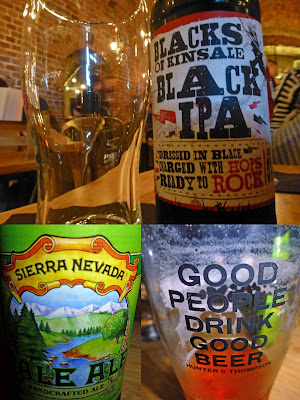Make a meal of it this September in aid of Cork Simon
and people who are homeless
Cork Simon Community is encouraging people to throw a dinner party this September to raise funds in support of Cork Simon’s hefty food costs.
During the month of September, The Great Cork Simon Supper will take place across Cork with friends, family, co-workers and class-mates coming together to share a meal to help provide healthy, nourishing food for people who are homeless in Cork.
Cork Simon’s annual food bill exceeds €180,000 per year. This provides nutritious food to people staying at and using all Cork Simon services, from the Emergency Shelter and High Support Houses to the Soup Run and Day Centre, every day of the year.
Commenting on the importance of a solid meal, Tom Cremin, Acting Head of Cork Simon’s Homeless Emergency Support Services said, “wholesome food is one of the essential building blocks to people’s recovery and to rebuilding lives. For most people who come to our door, a decent meal is a distant memory. Before people can even begin to address their experiences, we find they first need the basics - sleep and a nourishing meal – they literally need to build themselves up again.”
Cork Simon’s emergency support services are stretched to capacity. Since the beginning of this year more people than ever before – an average of 54 people per night - have depended on a Cork Simon emergency bed. Cork Simon’s Emergency Shelter normally accommodates 47 people per night.
Every €150 raised through a Great Cork Simon Supper will provide 50 people who are homeless in Cork with nutritious food for a day.
People are encouraged to host a Great Cork Simon Supper at home, at school and in the workplace this September and are invited to sign up at corksimon.ie/supper. Tips and ideas on hosting a Great Cork Simon Supper, along with downloadable invites and recipes to whet the appetite are also available from the website.
If you need ideas for your supper, help is here, lots of it!






























